Sorry, that’s old news…
You’ve found an older news story. We delete stories from our AAP News Feed after two months. But fear not, here’s today’s news!
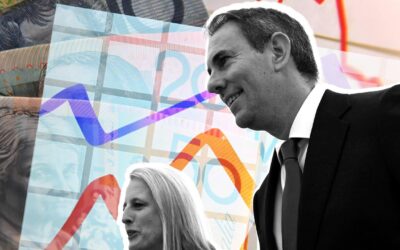
For the first time in eight years, the budget's "table of truth" will show the net impact of the government's ...
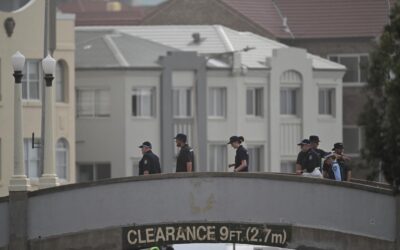
Police are looking for crucial clues into what prompted a father and son to unleash a terrorist attack on Jewish ...
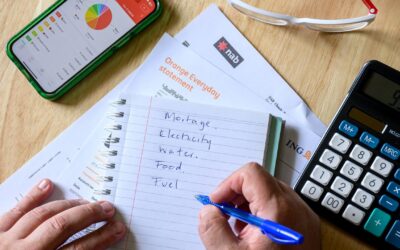
Half of Australia's big four banks are tipping the Reserve Bank to hike interest rates at its next meeting as ...
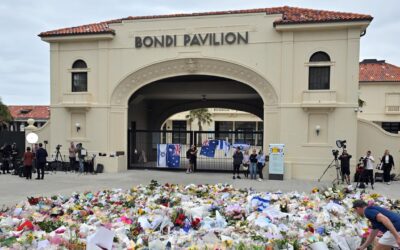
The outgoing chair of one of the world's biggest commercial explosives makers has pointed to the Bondi massacre as ...

Ford is backing away from plans to manufacture large electric vehicles, citing lacklustre demand.
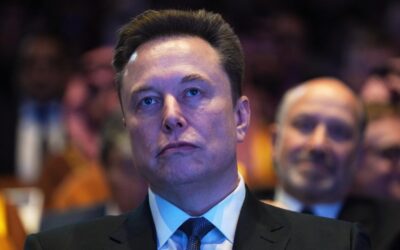
Elon Musk's net worth surpassed $US600 billion in 2025, according to calculations by Forbes magazine.

The competition watchdog has taken meal delivery services HelloFresh and Youfoodz to court for misleading ...

New Zealand's fiscal woes are set to lengthen with the mid-year budget pushing out a return to surplus to 2030.
No results found.
Background image courtesy victoriancollections.net.au